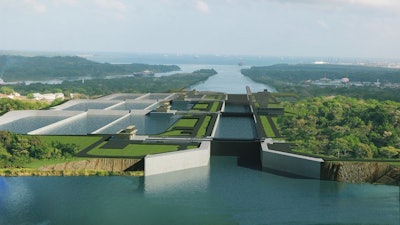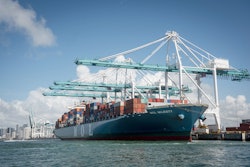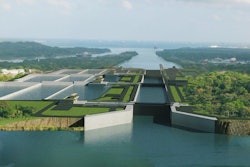
The expansion of the Panama Canal this past weekend means cargo containers from Asia now can take a direct, all-water route to East Coast and southern ports, avoiding the trucks, distribution centers and trains necessary to transfer goods from L.A./Long Beach to far-flung U.S. markets, according to The Press-Enterprise in Riverside, Calif.
Even five years ago, there was fear that widening the Panama Canal would upend the West Coast’s dominance in the Asian market and ripple throughout the local economy. But analysts now forecast a much milder impact, largely because of delays in port improvements elsewhere, changes to the shipping industry and the rise of megaships that won’t fit through even the enlarged canal.
Industry watchers say it’s too early to know the long-term effect on Southern California – and the million jobs regionally from workers in warehouses to hard-hats at the dock. But most agree if there is pain, it won’t be immediate.
“It’s something that is going to be felt gradually over time,” said Jock O’Connell, a trade adviser at Beacon Economics. “There is a general sense that the market share will be lost to East Coast ports, but that has already been happening for a while. Whether that leads to a (long-term) decline, that’s another question.”
To read more, click here.


















